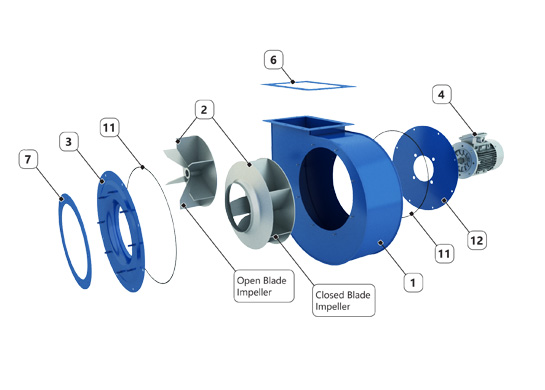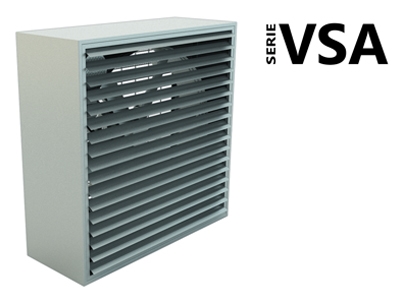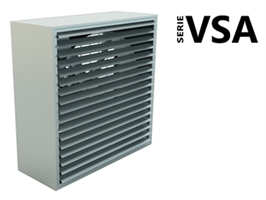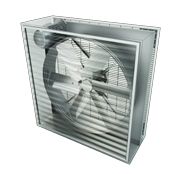ROOF EXHAUST FANS
ROOF EXHAUST FANS
V23VSA

Flow rate: 10102 - 77340 [m3/h] | Pressure: 0 - 3 [mmH2O]

The VSA series is particularly suitable for moving large volumes of air with low pressures.

The VSA series has been designed specifically to operate in highly corrosive environments or in environments with abrasive substances.

■ ATEX non-sparking version: shims on non-rotating parts potentially in contact with the fan in non-ferrous material.
■ Anticorrosive execution of paint choirs or special materials.
■ High temperatures with cooling fan up to 300 ° C, special executions on request for temperatures up to 450 ° C.


1) Square Washer
2) Puley (big)
3) Belt
4) Puley (small)
5) Electric Motor
6) Motor Support Arm
7) Crossing Hub
8) Standard Arm
9) Bearing + Spacer
10) Blade Hub
11) Blade
12) Box Panel
13) Venturi Nozzle
14) Gravity Shutter
12) Box Panel
13) Venturi Nozzle
14) Gravity Shutter

Powered by Passepartout
Designed by Gestionale Toscana Srl
Designed by Gestionale Toscana Srl





